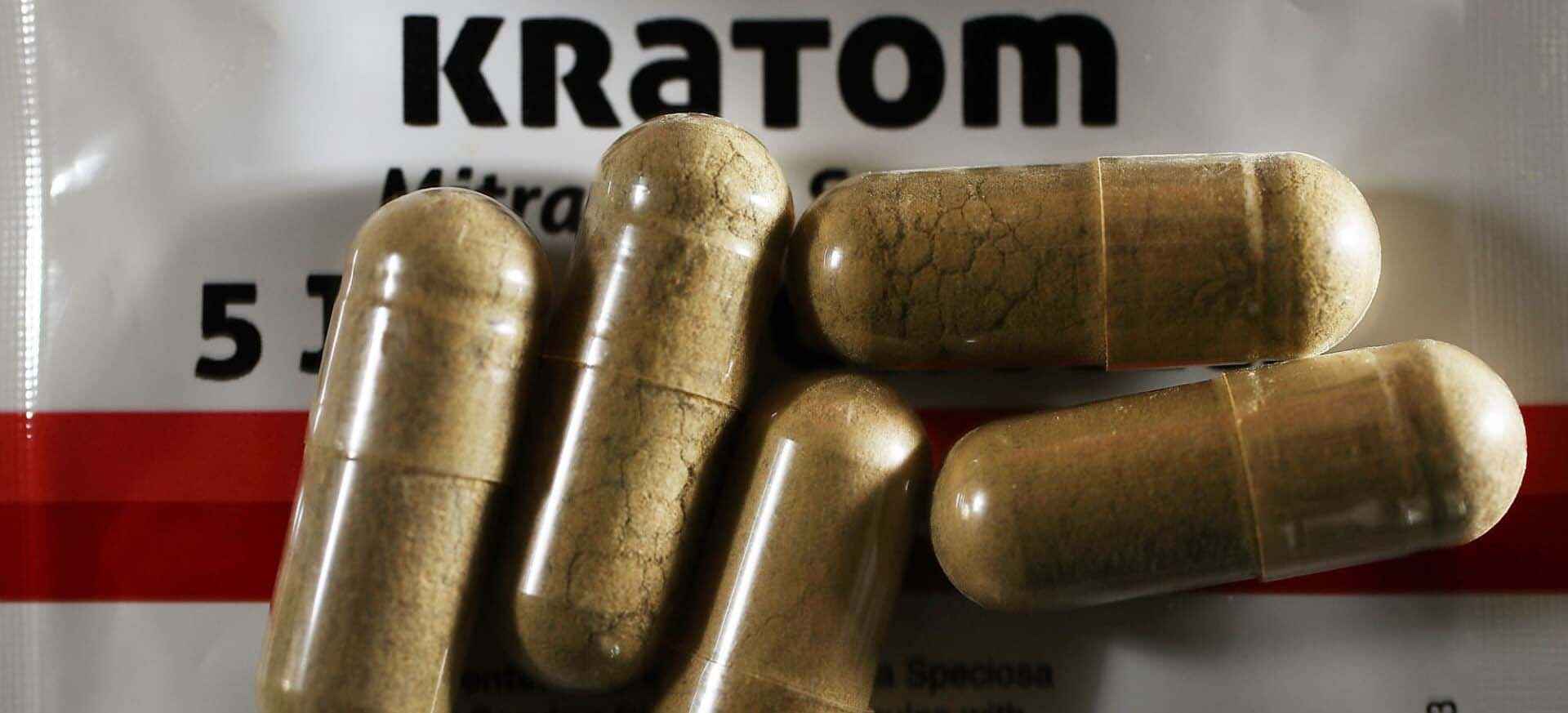The Kratom Industry Wants the FDA to Send Down Some Regulation
Introduction
In an unusual turn of events, the Kratom industry is actively seeking intervention from the Food and Drug Administration (FDA). This call for regulation represents a notable shift in the industry’s approach to the legal and safety aspects surrounding Kratom, a herbal supplement that has been the subject of much debate. This article delves into the reasons behind this move, the potential impacts, and the broader context of Kratom and the FDA.
1. The Kratom Market and Its Current Status
Kratom, derived from the leaves of the Mitragyna speciosa tree native to Southeast Asia, has gained significant popularity in the United States as a natural supplement. It is commonly used for pain relief, mood enhancement, and in some cases, to aid in opioid withdrawal. Despite its growing user base, Kratom has remained largely unregulated, leading to concerns about purity, safety, and inconsistent quality across products.
2. Why the Kratom Industry is Seeking FDA Regulation
The Kratom industry’s call for FDA regulation is driven by several factors:
- Quality Control: With FDA oversight, manufacturers would be required to adhere to strict quality and safety standards, ensuring a safer product for consumers.
- Legitimacy and Consumer Confidence: Regulation could help legitimize Kratom as a product, potentially increasing consumer confidence and dispelling some of the stigma associated with its use.
- Preventing State-level Bans: FDA regulation could provide a unified national standard, potentially preventing the patchwork of state-level bans and legal uncertainties currently facing the industry.
3. The FDA’s Stance on Kratom
Historically, Kratom and the FDA have had a contentious relationship. The FDA has expressed concerns about Kratom’s safety, potential for abuse, and its efficacy, which they state is not backed by scientific evidence. They have issued warnings against its use and have taken steps to seize Kratom-containing products and block imports. However, the industry’s request for regulation may open new avenues for dialogue and cooperation.
4. The Path Forward: Potential Scenarios
If the FDA were to regulate Kratom, several scenarios could unfold:
- Establishment of a Regulatory Framework: The FDA could develop specific guidelines for Kratom’s production, labeling, and sale, similar to other dietary supplements.
- Research and Development: Regulation could pave the way for more research into Kratom’s effects, benefits, and risks, providing a clearer scientific understanding of the plant.
- Impact on the Market: Regulation might result in the consolidation of the Kratom market, with some smaller vendors unable to meet new standards, potentially leading to a more standardized and possibly more expensive product.
Conclusion
The Kratom industry’s call for FDA regulation marks a critical juncture in the ongoing debate over this herbal supplement. By advocating for federal oversight, the industry is signaling its commitment to safety and quality. This development could fundamentally alter the Kratom landscape, affecting everything from market dynamics to consumer perception.
We invite your opinions and thoughts on this evolving situation. What do you think about the Kratom industry’s request for FDA regulation? Share your views in the comments below. Your insights are valuable in understanding the diverse perspectives on Kratom and its place in the American health and wellness sector.



